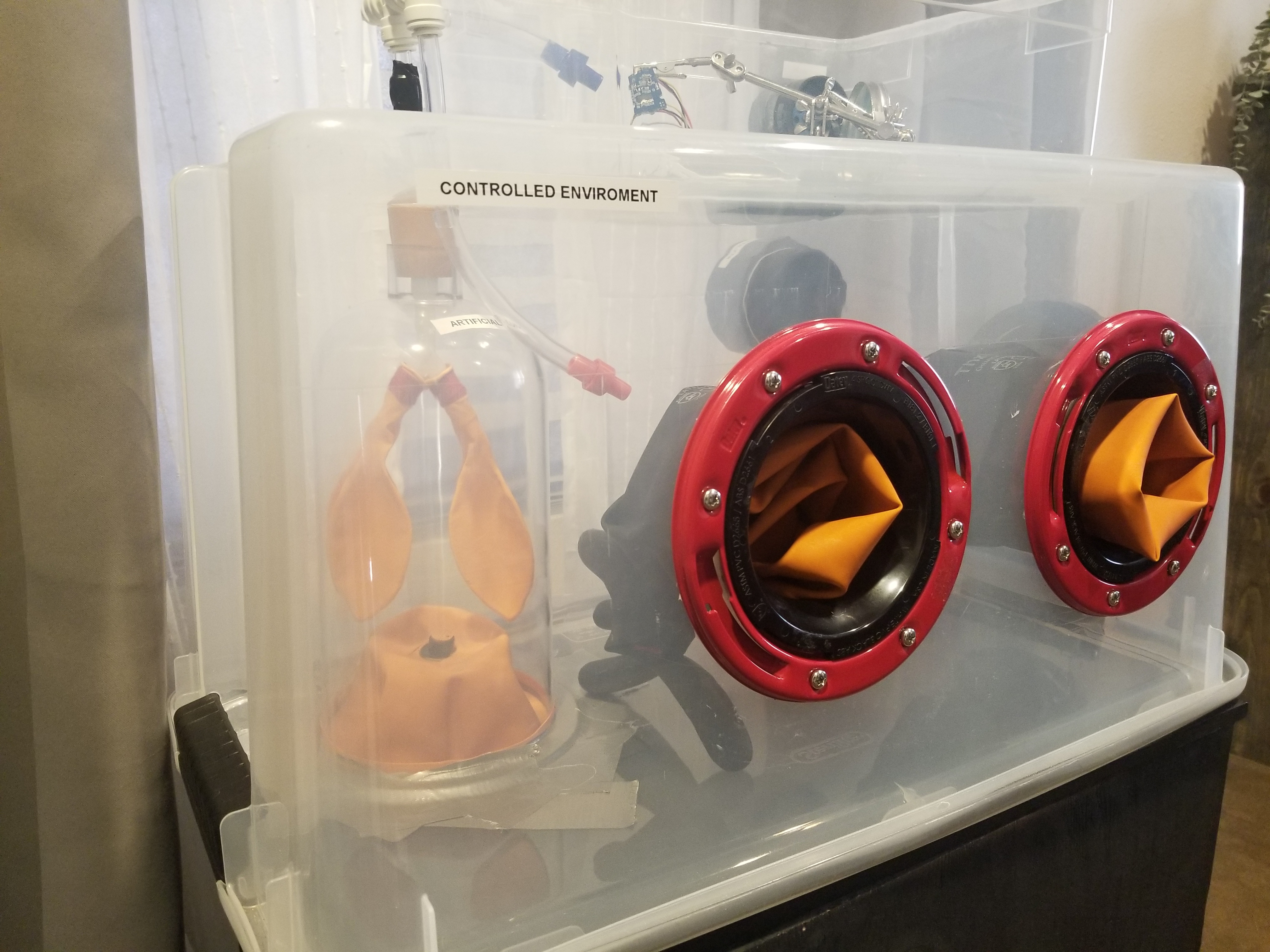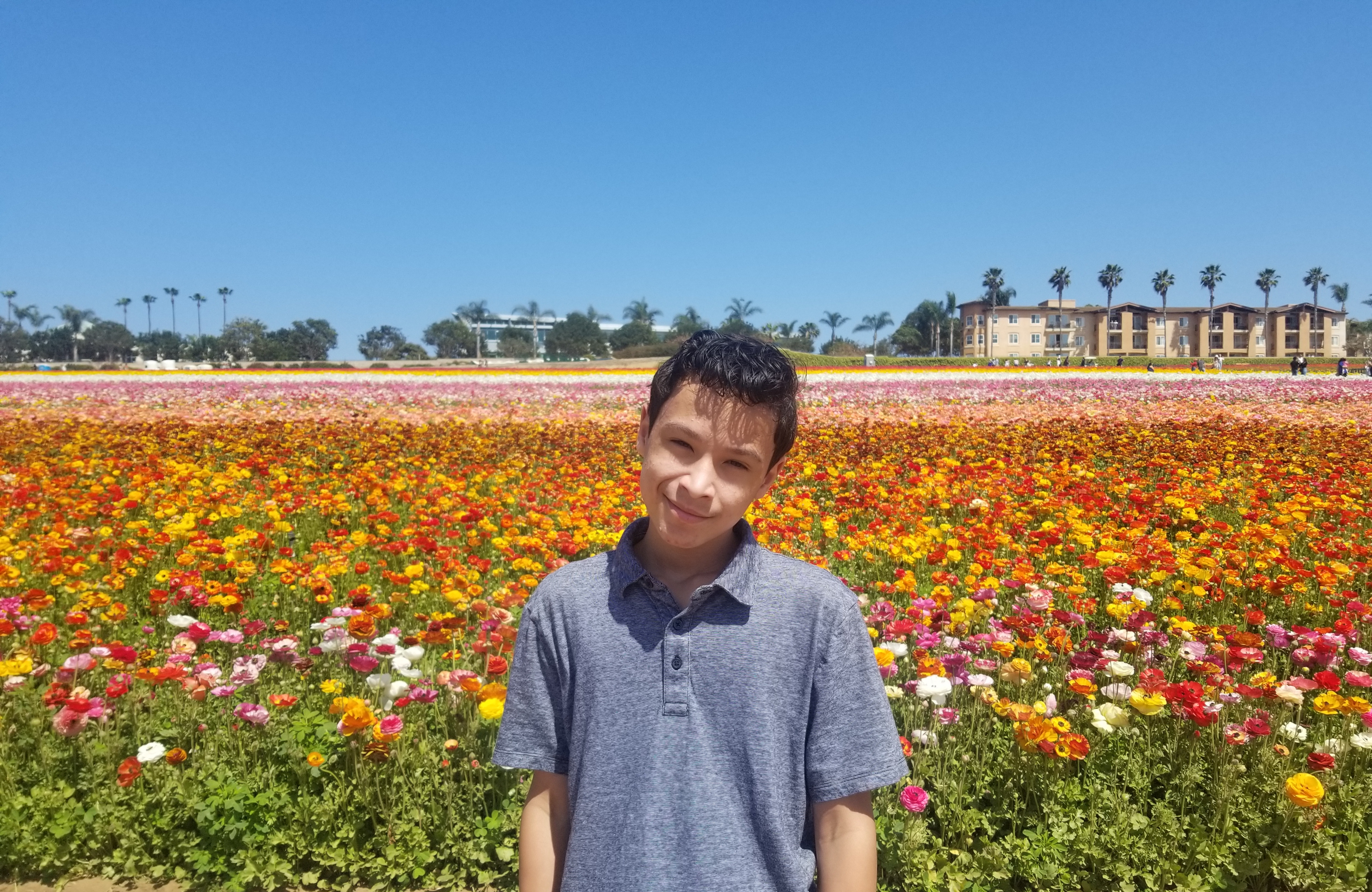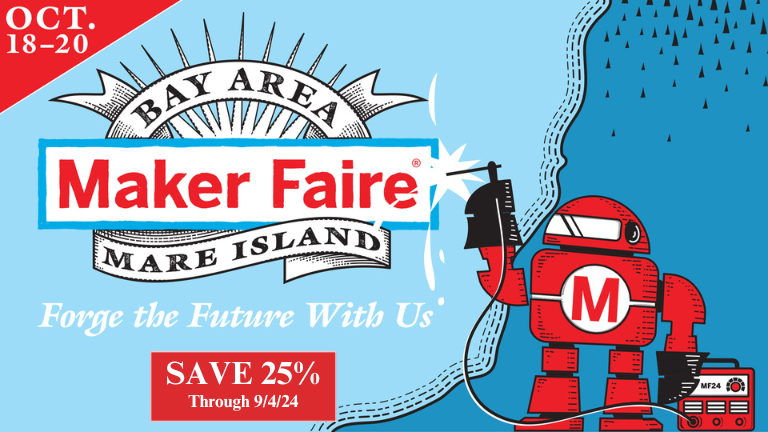CODED BREATH. A NON-INVASIVE DIAGNOSTIC APPROACH Can we Develop an A.I. Powered Wireless Electronic-Nose that utilizes Machine Learning to identify the Volatile Organic Compounds of Fungal Pneumonia in our Breath?
By Caleb Kodama
This project aims to determine if the volatile organic compounds of our breath can be used to diagnose fungal pneumonia, by developing an Electronic-Nose utilizing A.I. technology, while simultaneously transmitting patient data wirelessly
Type: Commercial, Social Impact, Education
Website: https://drive.google.com/drive/folders/1DV1z4xmhVeQhc-Zc98rPrGDCrhg6OUSE?usp=sharing

What inspired you or what is the idea that got you started?
When I was nine years old, I contracted pneumonia. I woke to a horrible headache, leg pains, a loss of appetite, and strangely I only wanted to lay down and sleep. Initially, I was misdiagnosed with a simple ear infection. Later after the illness had taken hold, we found out I had pneumonia. What's worst is the doctor didn't know what type, so I had to take three different types of antibiotics, and luckily on the last day when I was to be admitted to the hospital, my fever broke. Me having pneumonia had a profound effect on me. I couldn't understand "why" doctors could not pin point the type of pneumonia to provide better treatment options. This got me thinking I had watched a TedED video on dogs that could detect cancer through their high since of smell. Could I potentially create an E-Nose that could do the same with pneumonia?
What is your project about and how does it work?
In short, my project is about developing a diagnostic tool to aid doctors in disease detection. This is merely the framework for a network of E-Noses that can detect different diseases in the body and transmit that data wirelessly on a network similar to Azure IoT. This would mean a patient who needed to see a specialist like a pulmonologist but wasn't in the same geographical area could provide a breath sample halfway around the world and be diagnosed. I built a mechanical artificial lung so that I could get as close to a real-world scenario. I introduced chemicals that were proven in a study to have the metabolic signatures of fungal pneumonia. These chemicals were planted as essential oils. I then took a microcontroller with a 4-sensory array and used an open-source code to build my framework on Edge Impulse. Effectively my artificial lung breathes in the synthesized fungal pneumonia and breathes out to the E-Nose that confirms a fungal pneumonia diagnosis.
What did you learn by doing this project?
Wow. I learned so much. I had to learn to build mechanisms that didn't exist to make my lungs breathe. I had to learn woodworking to build a case to contain the mechanics of the lung and a cleanroom to protect me from the chemicals that synthesized fungal pneumonia. I had to read so many scientific journals and understand so many medical terms I had to look up. I learned how to do research and contact professionals that understood how to point me in the right direction. I learned how to ask for A LOT of help from so many people. I learned that every time I got a "No," I should just try another way. I even learned how to wire a microcontroller and build some code from various tutorials and mentor guidance. I learned to be patient and diligent.
What impact does your project have on others as well as yourself?
Since I began this journey I had no idea the impact my project could have on so many people. More than anything, I think my project gives people hope. Many fellow students at my school are amazed by my design and have asked me to give a lecture on it. I have been asked by other professionals to give interviews and or lectures. I think this project makes the future bright and helps medical professionals to potentially examine A.I. as a serious diagnostic tool that can be utilized in the medical field. This experiment has shown me that my future is limitless, and I should always be persistent, well, at least persistent with insight.





